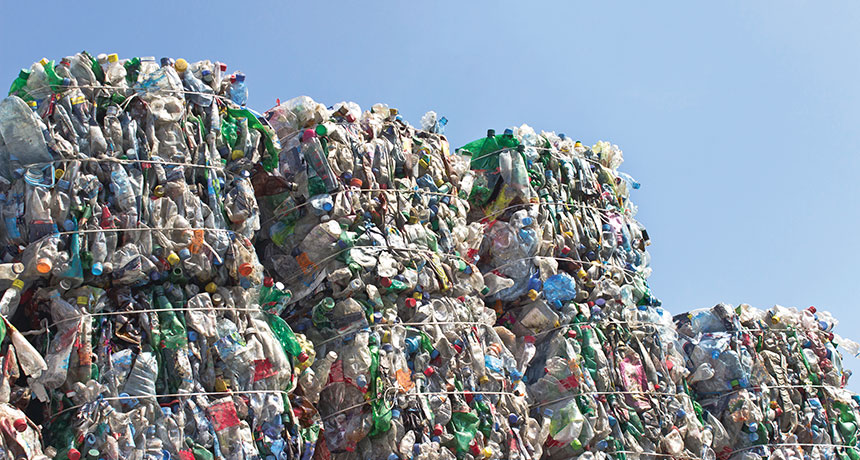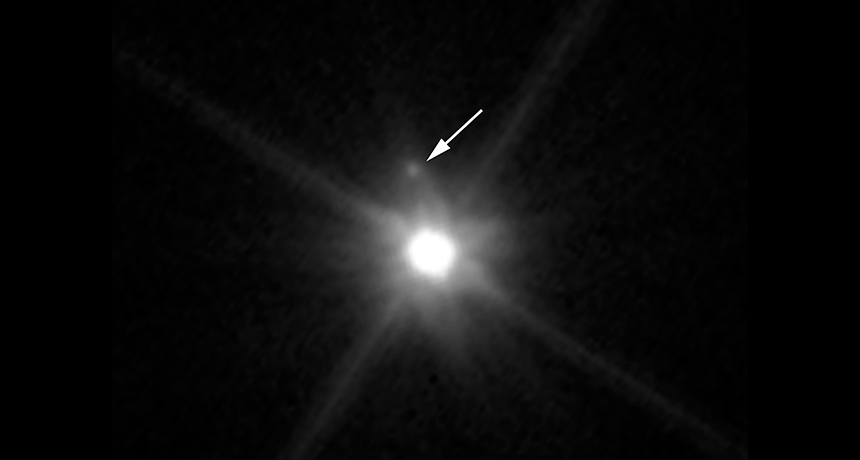This microbe makes a meal of plastic

A newly discovered microbe chows down on polluting plastic.
For humans, polyethylene terephthalate, also known as PET, is a stiff, strong plastic fiber that’s the main ingredient in polyester clothing and disposable bottles. But for the bacterium Ideonella sakaiensis, PET is dinner.
Researchers in Japan discovered the bacterium living in samples of soil, wastewater and recycling plant sludge, all contaminated with PET particles. PET is very stable, and few known microbes can break it down. But I. sakaiensis can use PET as its main food source, the scientists report in the March 11 Science. Tests revealed that the bacterium latches onto PET particles and releases a protein that decomposes the plastic into molecules the bacterium can munch on (SN: 2/20/16, p. 20).
Millions of tons of PET are manufactured yearly, and the long-lasting plastic can pose an environmental threat as it builds up in ecosystems. With its appetite for this environmental hazard, I. sakaiensis might be valuable in plastic waste cleanup, the researchers say.

